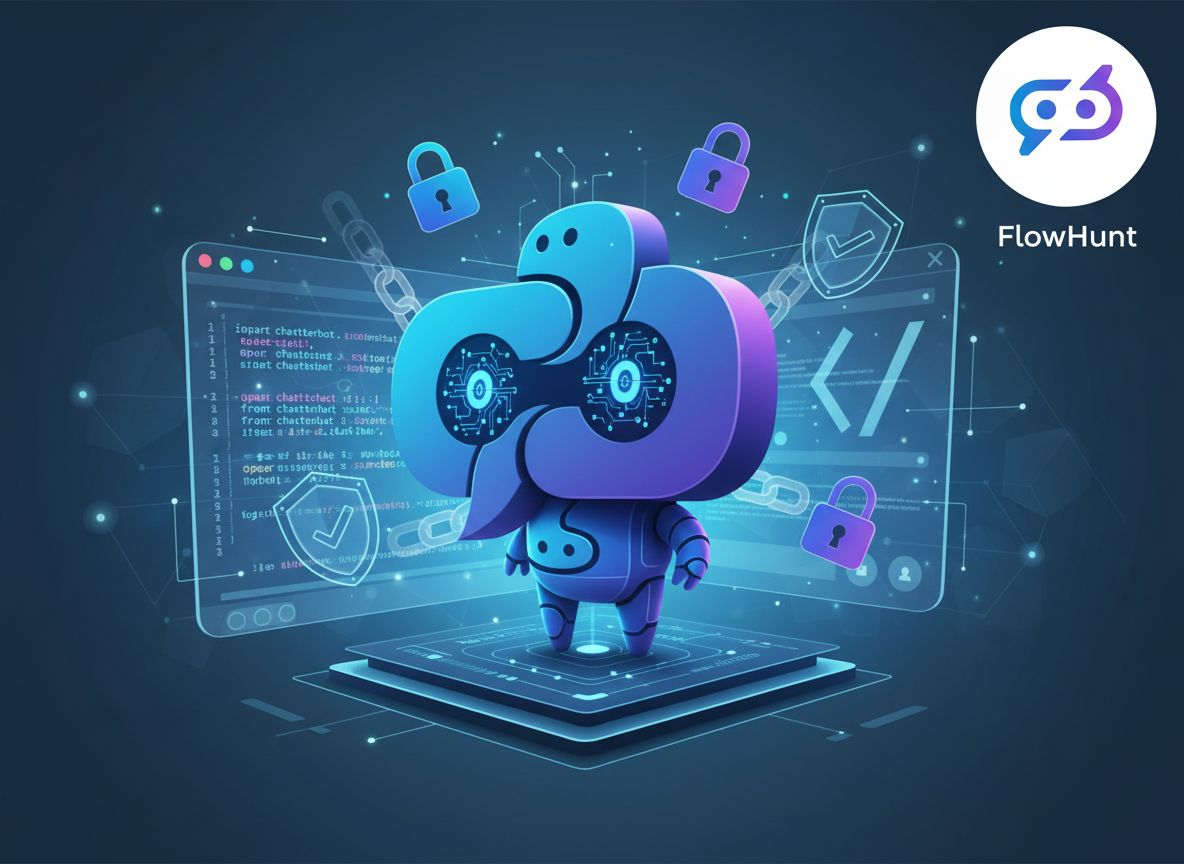
ChatterBot: Open-Source Chatbot Platform Features, Security, and Practical Insights
A comprehensive guide to ChatterBot, exploring its open-source technology, practical use cases, platform features, chatbot security best practices, and advice f...
Cobots are advanced robots designed for safe human interaction, featuring AI and sensors for easy programming and flexible deployment across industries.
To deepen our understanding of collaborative robots, it’s essential to delve into their origins and technological advancements. Cobots trace their roots back to the mid-1990s when the concept was developed at Northwestern University and General Motors. Their primary purpose was to create robots that could safely interact with humans. Unlike traditional robots, which are isolated due to safety concerns, cobots are designed with the human operator in mind, emphasizing safety and collaboration. The integration of advanced sensors, machine learning algorithms, and artificial intelligence allows cobots to adapt to dynamic environments, making them suitable for various applications beyond industrial settings.
Cobots incorporate a multi-layered safety approach. Besides the physical attributes like soft edges, they utilize sophisticated technologies such as:
Incorporating these safety measures aligns with international safety standards such as ISO/TS 15066, which outlines safety requirements for collaborative robot systems.
The user-friendly nature of cobots is made possible through intuitive software interfaces and programming paradigms:
These features make cobots accessible to a workforce with varying levels of technical expertise, democratizing automation across industries.
Cobots’ mobility is augmented by their ability to integrate with autonomous mobile robots (AMRs), creating a versatile robotic workforce capable of executing tasks across different locations. This adaptability is crucial for industries with fluctuating demands, such as logistics and manufacturing.
The contrast between cobots and traditional robots extends beyond just interaction and safety:
In addition to the mentioned industries, cobots have found applications in:
The transformative benefits of cobots are evident in their ability to:
While cobots offer numerous advantages, they are not without limitations:
Cobots’ design prioritizes minimal maintenance with features like:
The economic impact of cobots extends beyond initial costs. By improving efficiency and reducing labor costs, cobots provide significant long-term financial benefits to organizations. Their affordability makes them viable for both large corporations and small businesses, democratizing access to advanced robotics.
Cobots are robots specifically designed to interact safely with humans, featuring advanced sensors and AI for adaptability, ease of use, and enhanced safety.
Unlike traditional robots that operate in isolation, cobots are engineered for safe, direct collaboration with humans, offering rapid deployment, AI integration, and flexible programming.
Industries such as manufacturing, logistics, agriculture, and retail benefit from cobots, leveraging their adaptability, mobility, and user-friendly interfaces.
Cobots foster innovation by automating repetitive tasks, improve quality control, and are accessible to businesses of all sizes due to lower costs and ease of integration.
Yes, cobots face challenges like integration with existing systems and technical limits in processing power and complex decision-making compared to humans.
Discover how FlowHunt empowers you to implement advanced cobots and AI tools for automation and efficiency. Schedule a demo to see cobots in action.
A comprehensive guide to ChatterBot, exploring its open-source technology, practical use cases, platform features, chatbot security best practices, and advice f...
Discover the top AI chatbot builders in 2025. Compare FlowHunt, Botpress, Chatbase, and other leading platforms with detailed features, pricing, and use cases.
Learn proven methods to verify AI chatbot authenticity in 2025. Discover technical verification techniques, security checks, and best practices to identify genu...
Cookie Consent
We use cookies to enhance your browsing experience and analyze our traffic. See our privacy policy.
